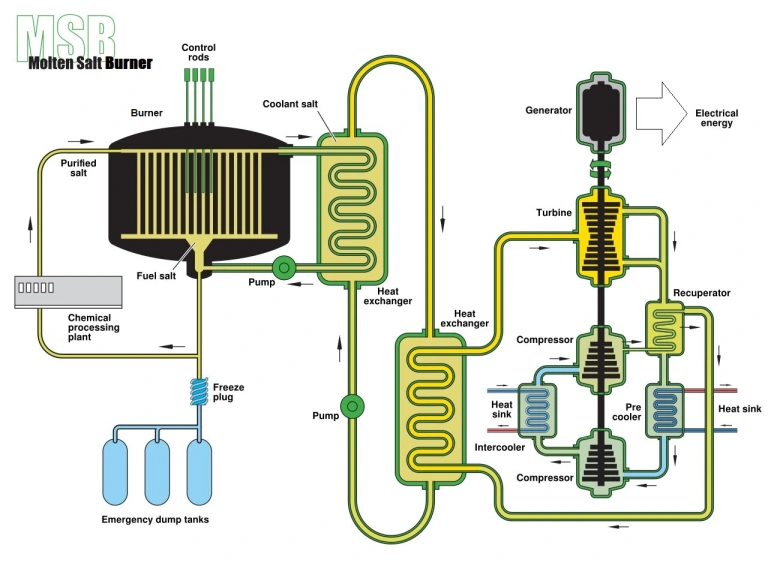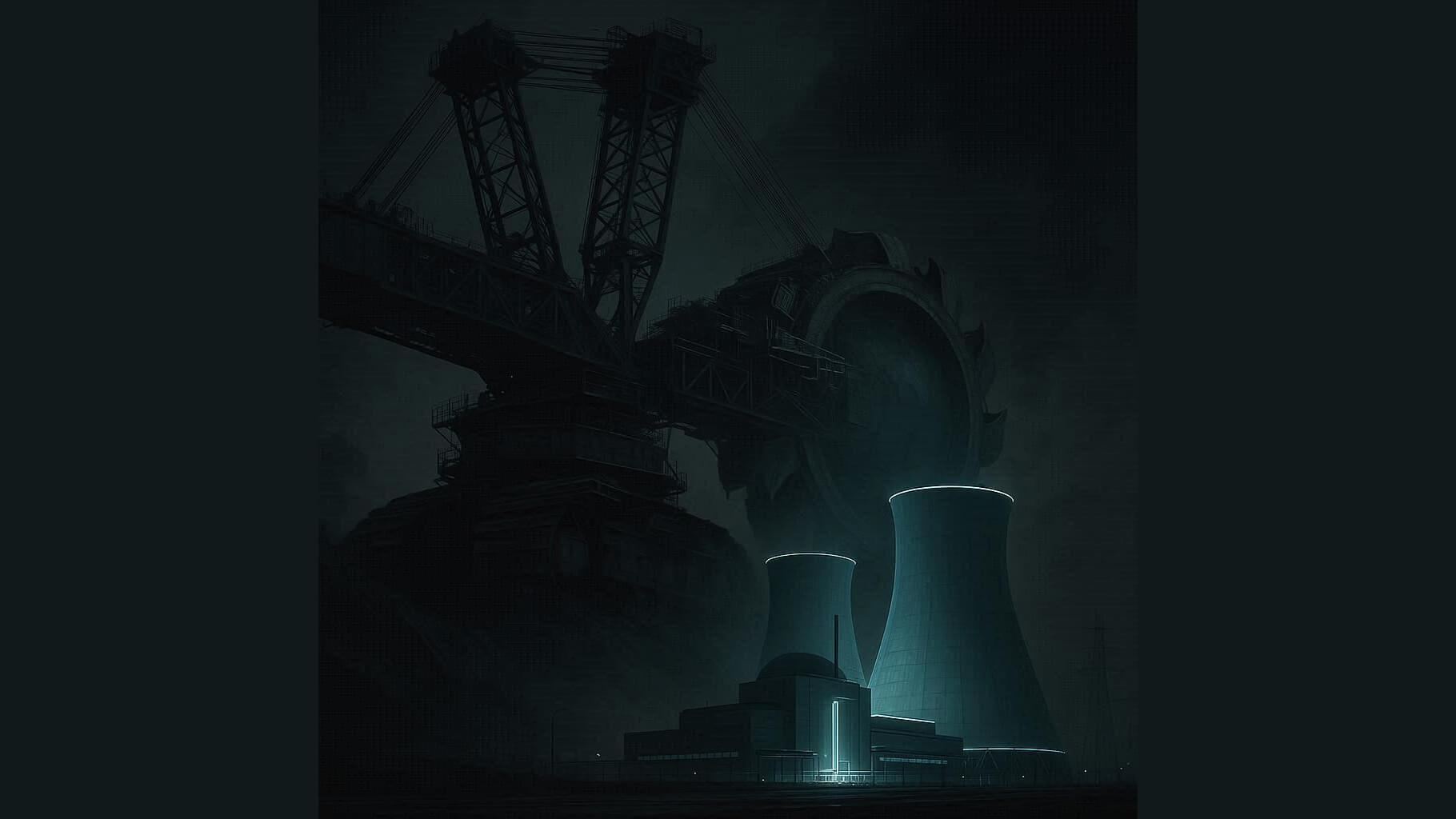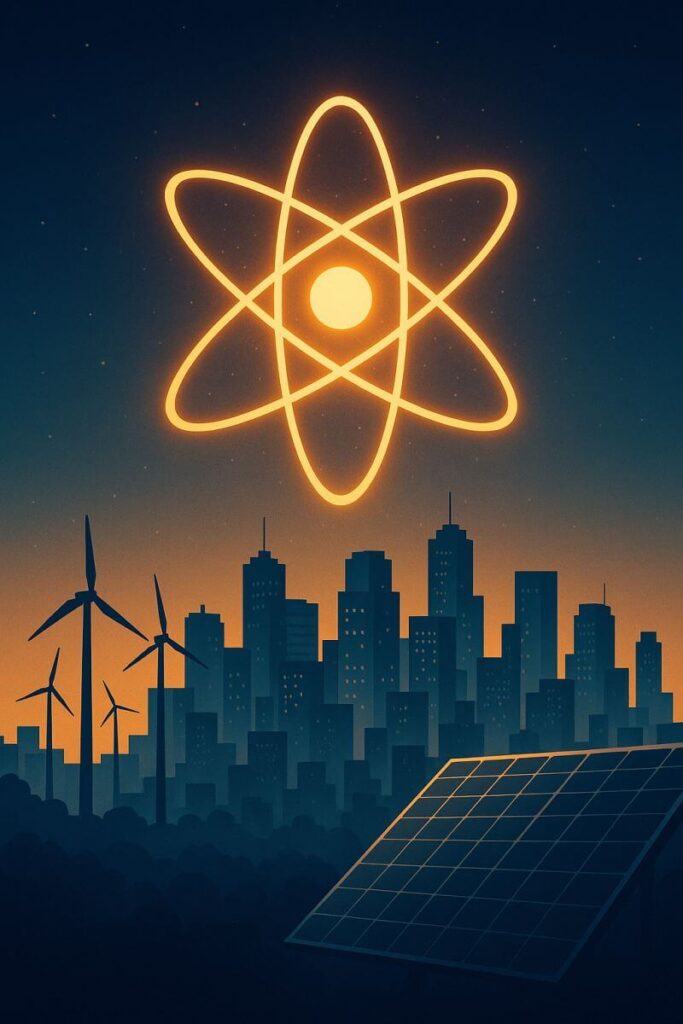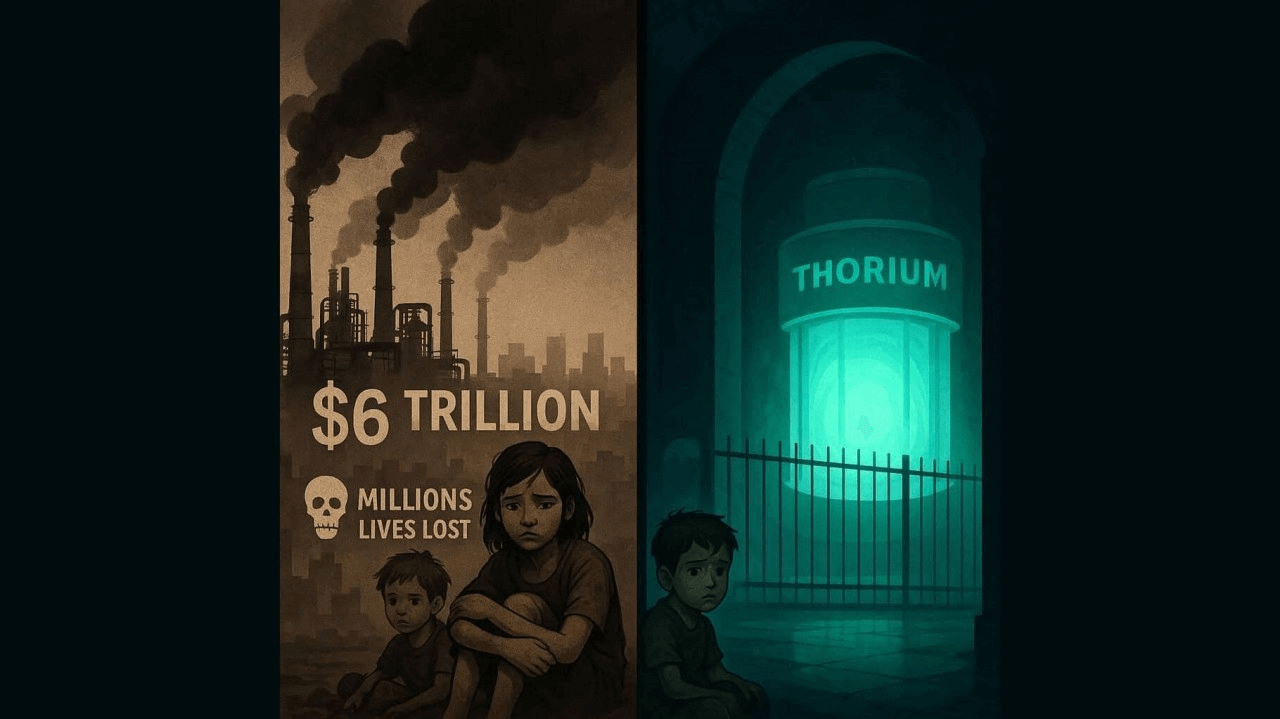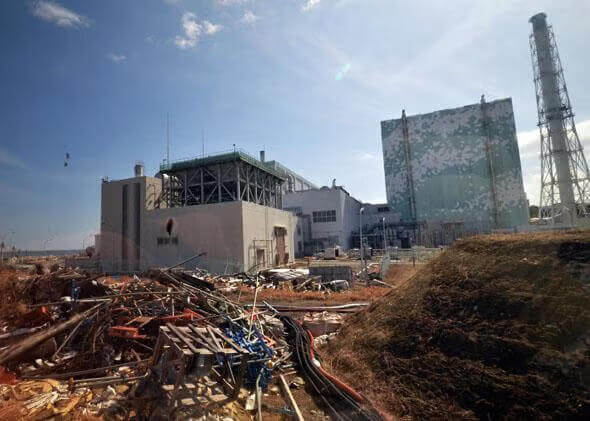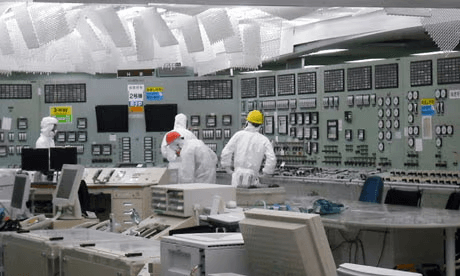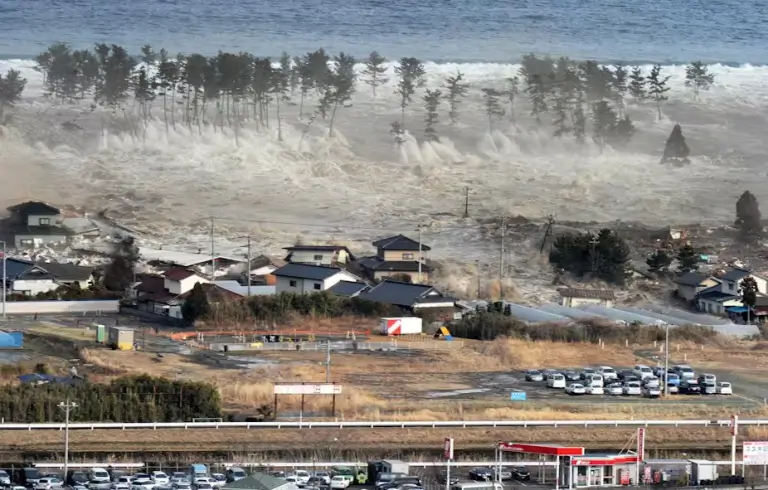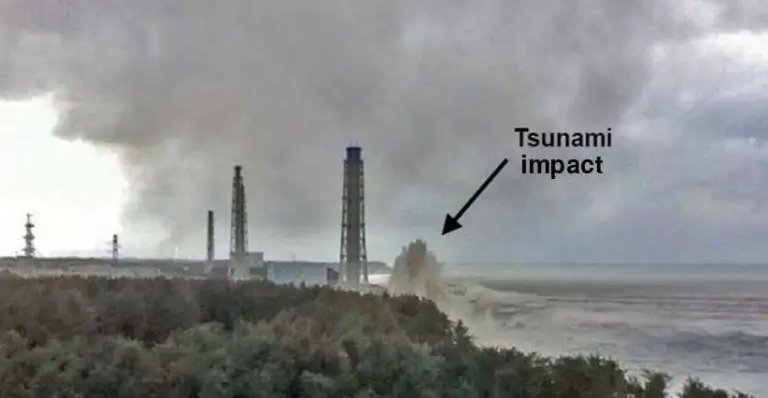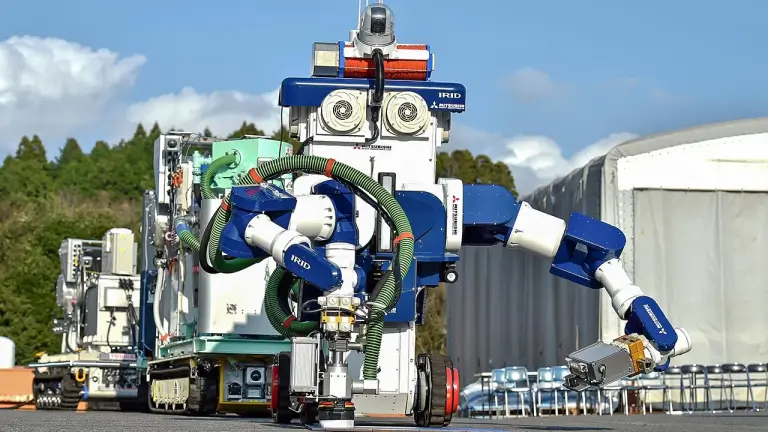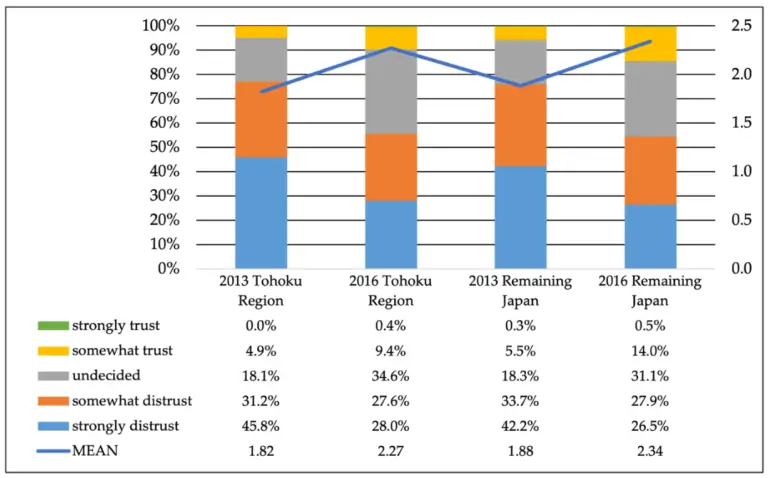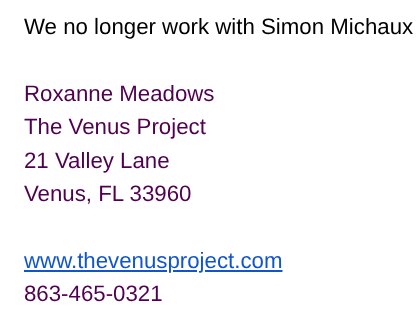Executive Summary
For over a century, humanity has paid the ultimate price for the insatiable greed of the fossil fuel industry. The story of tetraethyl lead (TEL) added to petrol—intentionally poisoning workers, children, and millions worldwide—is a stark and brutal example of corporate cruelty disguised as “progress.” Those deaths were never part of any conversation; profit was the sole concern.
Today, as climate change accelerates and pollution kills 8.5 million people annually (WHO, 2023), the truth remains suppressed again. Liquid Fission Thorium (LFT) energy, a proven, clean, and nearly infinite source of power, capable of obliterating oil profits overnight and saving the planet, is deliberately kept from public awareness.
This report exposes how the same forces that poisoned our children with leaded petrol actively suppress LFT, choosing profits over life repeatedly. The pattern is clear: corporations sell death to protect fortunes, and governments, bought and compromised, enable the carnage.
Introduction: No “Economic Realities”—Only Profit and Death
Profits—not “economic realities” or “political complexity”—have always been the brutal truth behind industrial poisonings, colonial massacres, and environmental destruction. The oil industry’s addition of lead to petrol was a deliberate choice to enrich shareholders at the catastrophic cost of human health.
Workers died by the dozens during TEL’s early production. Millions of children suffered irreversible brain damage worldwide. No one asked if it was right or justified—it never entered the conversation. Corporate greed alone decided that killing people was an acceptable collateral cost.
This historical lesson is no ancient tragedy. Today, Liquid Fission Thorium (LFT) energy stands ready to revolutionise the global energy system, eliminate fossil fuels, and save millions of lives lost annually to toxic air pollution. Yet, once again, corporate interests suppress this breakthrough because the survival of big oil—and their profits—depends on it.
Part I: The Leaded Petrol Poisoning—A Century of Corporate Murder for Profit
TEL: The Deadly Additive Created to Expand Oil Profits
In the 1920s, General Motors and DuPont’s engineer Thomas Midgley Jr. synthesised TEL, a compound that allowed car engines to run faster and cheaper but was a potent neurotoxin. The Ethyl Corporation, formed to market TEL, unleashed it worldwide despite knowing its deadly effects.
The goal was not worker safety or public health. It was profit maximisation through controlling a key additive that oil refiners could exploit.
Workers Murdered and Poisoned, Covered Up to Protect Profits
At the Bayway refinery in 1924, five workers died from lead poisoning. Ethyl Corporation responded with lies, denial, and intimidation. No accountability. No remorse. Deaths continued unabated. Even Thomas Midgley Jr. dies a horrible death due to lead poisoning.
Oil and chemical companies financed falsified “safety” studies, suppressed whistleblowers, and bribed politicians to ensure TEL stayed in fuel for nearly 100 years.
Millions died prematurely from cardiovascular and neurological diseases directly linked to lead exposure. The lives lost were a “cost of doing business”—never a matter of ethics or public debate.
Part II: How Lead Devastates the Human Body—Irreversible Damage for Profit
Lead is a ruthless poison that permanently damages the developing brain and multiple organ systems:
- Mimics vital metals like calcium, zinc, and iron, disrupting cellular signalling and enzyme functions (Needleman, 2004).
- Blocks haem synthesis enzymes, causing anaemia and oxidative cellular damage (Grandjean & Landrigan, 2014).
- Induces oxidative stress destroying DNA, proteins, and lipids (Cousins et al., 2009).
- Accumulates in bones for decades, releasing lead back into the body long after exposure ends (Landrigan et al., 2020).
There is no safe exposure level. Lead destroys brains, bodies, and lives—pure and simple.
Part III: Global Toll of Leaded Petrol—Millions Dead, Trillions Lost
- Leaded petrol poisoning caused over 5 million premature deaths annually for decades, predominantly through cardiovascular, neurological, and kidney diseases (The Lancet Public Health, 2023).
- Childhood brain damage from lead reduced IQ by 2-5 points on average worldwide, increasing behavioural disorders and societal costs (Grandjean & Landrigan, 2014).
- The economic loss in productivity and healthcare exceeded 6 trillion USD per year for almost 100 years, overwhelmingly borne by the poorest countries forced to drag out lead use for economic gain of rich corporations (WHO, 2023).
Part IV: The Shameful Timeline—The Last Countries to Poison Their Citizens
The global phase-out of leaded petrol spanned decades, with many poor countries forced to continue using it to “burn stockpiles” and protect corporate profits:
These deliberate delays were driven by corporate greed. Governments were bribed or intimidated. The smell of leaded petrol was kept in the air and children’s blood because flush profits mattered more than saving lives.
Part V: The Suppression of Liquid Fission Thorium (LFT)—The Clean Energy Solution That Would Obliterate Fossil Fuel Profits Overnight
LFT Is the Perfect Answer — But It Must Be Hidden
Liquid Fission Thorium (LFT) energy provides near-limitless clean power, zero carbon emissions, and eliminates toxic air pollution that causes millions of deaths annually.
Scientifically proven and technologically feasible, LFT reactors:
- Produce far more energy than traditional uranium reactors with vastly reduced nuclear waste.
- Operate safely, sustainably, and can power entire economies without fossil fuels.
Were LFT deployed worldwide today, the oil industry would collapse in months, wiping out trillions in profits. This existential threat to fossil fuel monopolies explains why LFT remains systematically suppressed.
History Repeating: From Lead Poisoning to Energy Suppression
Just as corporations shoved lead into gasoline to fatten profits—recklessly poisoning workers and the public—they now engineer political and media campaigns to keep LFT out of public consciousness. The same lobbyists bribe politicians, fund misinformation, and block research funding.
This suppression kills millions every year via continued global warming, toxic air pollution, and preventable diseases.
Conclusion: Profits Over People – The Deadly Heart of the Fossil Fuel Industry
The leaded petrol disaster was not an accident or oversight. It was cold-blooded corporate murder aided by complicit governments willing to sell out human health for campaign contributions and economic favours.
Today, the suppression of Liquid Fission Thorium energy is the latest chapter in this ongoing story—a story of deliberate poisoning and deception so fossil fuel profits can continue to soar.
The solutions exist. The lives that could be saved number in the millions every year. It is now a choice unequivocally made by those in power: keep poisoning or save humanity.
At TheThorium.Network, we expose this truth without compromise because corporate avarice must no longer decide who lives and who dies.
If you require a deeper technical overview of Liquid Fission Thorium technology, impact analyses, or historical industry interference case studies, TheThorium.Network stands ready to provide.
References
- Calabrese, E. J. (2013). Hormesis and the dose–response revolution. Annual Review of Pharmacology and Toxicology, 53, 175–197.
- Cousins, C. R., et al. (2009). Lead toxicity mechanisms and prevention. Environmental Toxicology and Pharmacology, 28(1), 27–34.
- Dyni, J. R. (2006). The History of Leaded Gasoline and Its Health Impacts. US Geological Survey Report.
- Feinendegen, L. E. (2005). Evidence for beneficial low-level radiation effects and radiation hormesis. British Journal of Radiology, 78(925), 3–7.
- Grandjean, P., & Landrigan, P. J. (2014). Neurobehavioural effects of developmental toxicity. The Lancet Neurology, 13(3), 330–338.
- Landrigan, P. J., et al. (2020). The Lancet Commission on pollution and health. The Lancet, 391(10119), 462–512.
- Needleman, H. (2004). Lead poisoning. Annual Review of Medicine, 55, 209–222.
- NBC News Investigative Report (2023). The Poisoned Gas: How leaded gasoline blunted the IQ of half a generation.
- The Lancet Public Health (2023). Lead exposure and health impact article.
- World Health Organization (2023). Lead Poisoning and Health Fact Sheet.
- Wikipedia contributors. “Tetraethyllead.” Wikipedia.
- Quartz Africa (2021). “Leaded gasoline is now banned everywhere on Earth.”
- Our World in Data (2021). Leaded Gasoline Phase-Out.
Postscript
The estimated global economic loss of approximately 6 trillion USD annually attributable to lead exposure—particularly from leaded petrol—results from extensive interdisciplinary research combining toxicology, epidemiology, labour economics, and demographic modelling.
This figure predominantly arises from the calculation of lost lifetime economic productivity (LEP) due to lead-induced cognitive impairment in children. Scientific consensus establishes that childhood lead exposure lowers intelligence quotient (IQ) by an average of 2 to 5 points depending on exposure levels (Needleman, 2004; Grandjean & Landrigan, 2014). This IQ decrement is not trivial; it significantly hampers educational achievement, workforce participation, and lifetime earnings.
Researchers globally estimate the economic impact by first modelling population blood lead levels through biomonitoring data and environmental measurements. Using dose-response relationships from toxicological studies, they calculate the average IQ loss per birth cohort in each country (Attina & Trasande, 2013). Labour economics research then translates these IQ losses into expected reductions in lifetime income, based on well-established correlations between cognitive ability and earnings (Tsai & Hatfield, 2011).
To derive the aggregate global economic burden, individual country losses are scaled by population size and adjusted for income variations via purchasing power parity or GDP per capita (World Bank data). The resulting sums represent the worldwide loss in lifetime productivity.
Importantly, lost IQ and associated productivity declines are only part of the picture. Lead exposure also elevates risks for cardiovascular disease, stroke, kidney failure, and behavioural disorders, all of which increase healthcare costs, reduce work capacity, and impose broader social costs including criminal justice expenditures (Landrigan et al., 2020; The Lancet Public Health, 2023). These additional direct and indirect costs are integrated into economic models to capture the full extent of lead’s burden on societies.
Premature mortality attributable to lead exposure further amplifies economic loss through lost years of economic contribution.
Multiple meta-analyses and comprehensive studies, including those published in Environmental Health Perspectives (Attina & Trasande, 2013), The Lancet Public Health (2023), and reports from the World Health Organization (WHO, 2023), consistently estimate the total economic losses globally approaching 6 trillion USD each year, equating to roughly 7% of global GDP.
This economic toll disproportionately affects low- and middle-income countries, where lead exposure remains highest and health and educational infrastructure are limited, exacerbating intergenerational poverty and health inequities.
While precise quantifications vary with modelling assumptions and evolving data, the convergence of independent analyses underscores lead poisoning’s status as one of the world’s most damaging and preventable public health crises with catastrophic economic implications.
In summary, the 6 trillion USD figure encapsulates the lifetime lost economic productivity, increased health and social service costs, and premature mortality caused by lead exposure worldwide. It starkly reveals the massive price humanity continues to pay for lead pollution sustained by decades of profit-driven negligence.
References
- Attina TM, Trasande L. (2013). Economic costs of childhood lead exposure in low- and middle-income countries. Environmental Health Perspectives, 121(9), 1097–1102.
- Tsai SY, Hatfield J. (2011). Removing lead from gasoline worldwide: a step towards improving health and the environment. Environmental Health, 10(44).
- World Bank. World Development Indicators, GDP per capita and Purchasing Power Parity Data.
#CleanEnergy #BigOilExposed #LeadPoisoning #ClimateAction #SustainableEnergy #EnvironmentalJustice
Social

